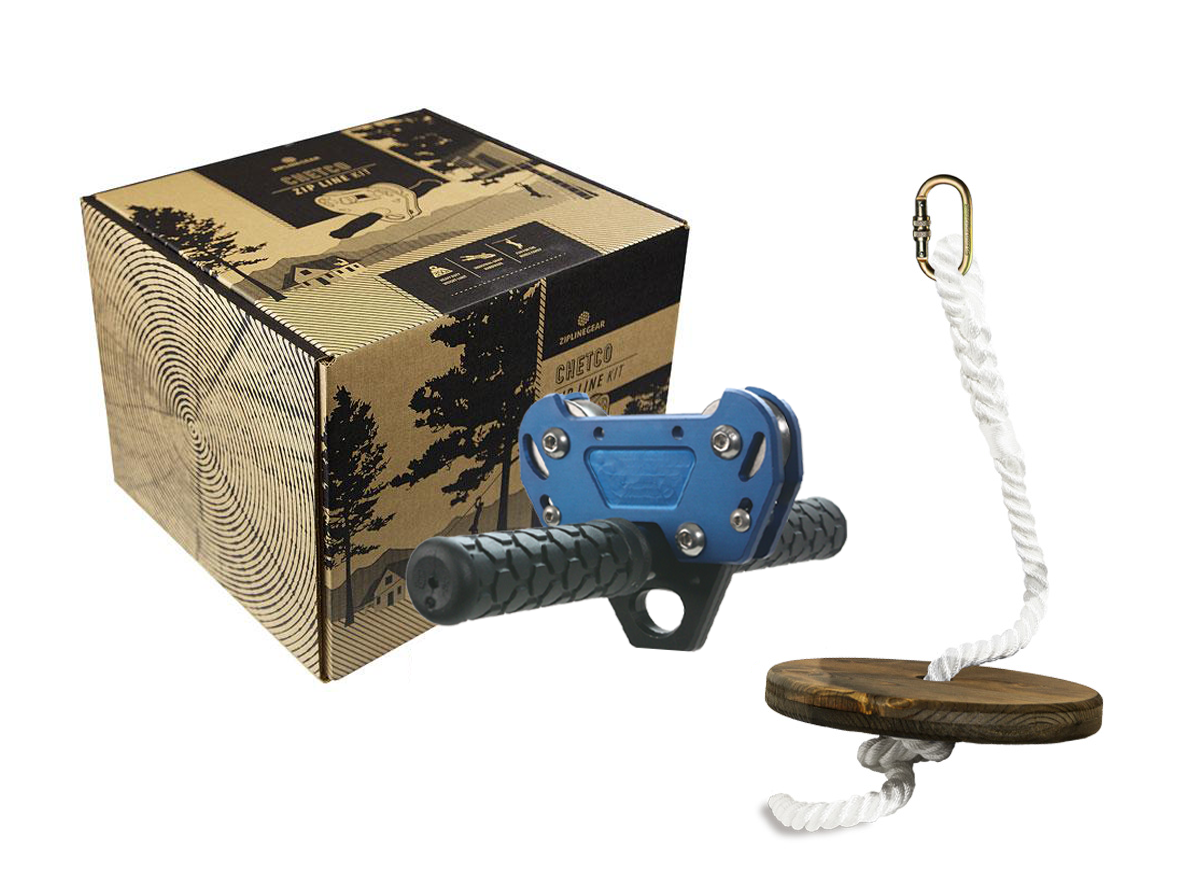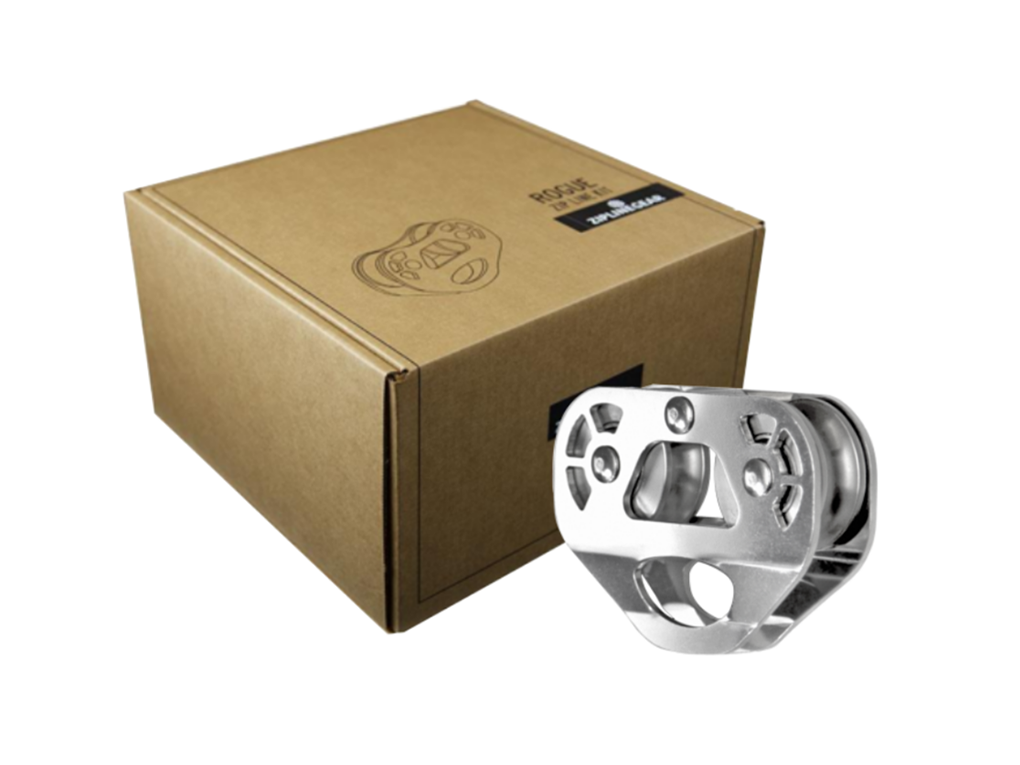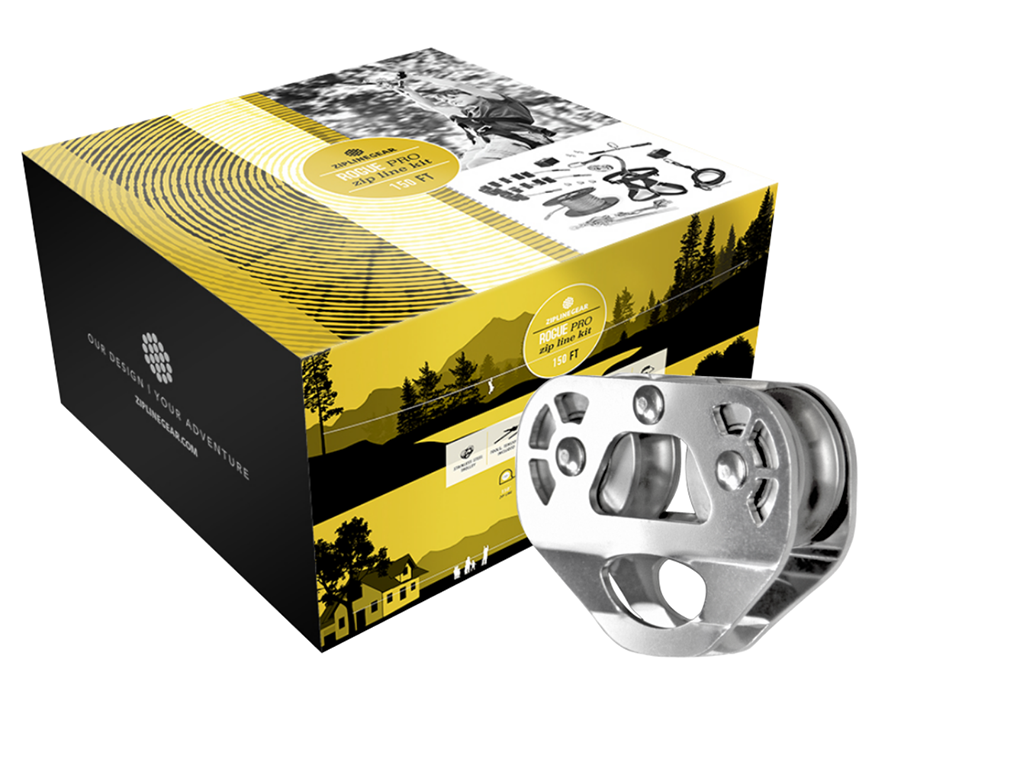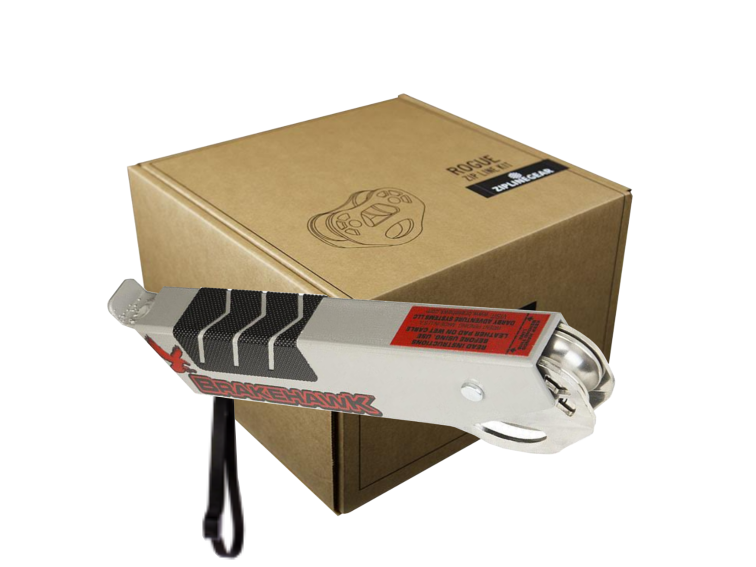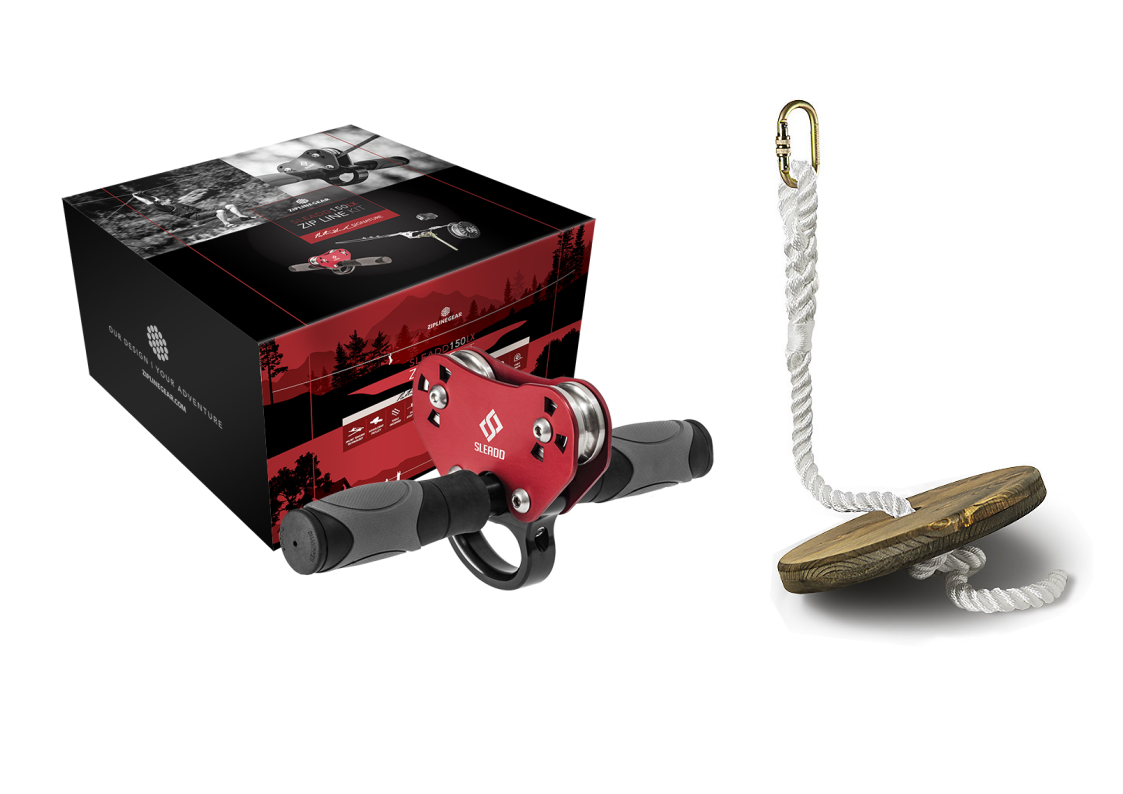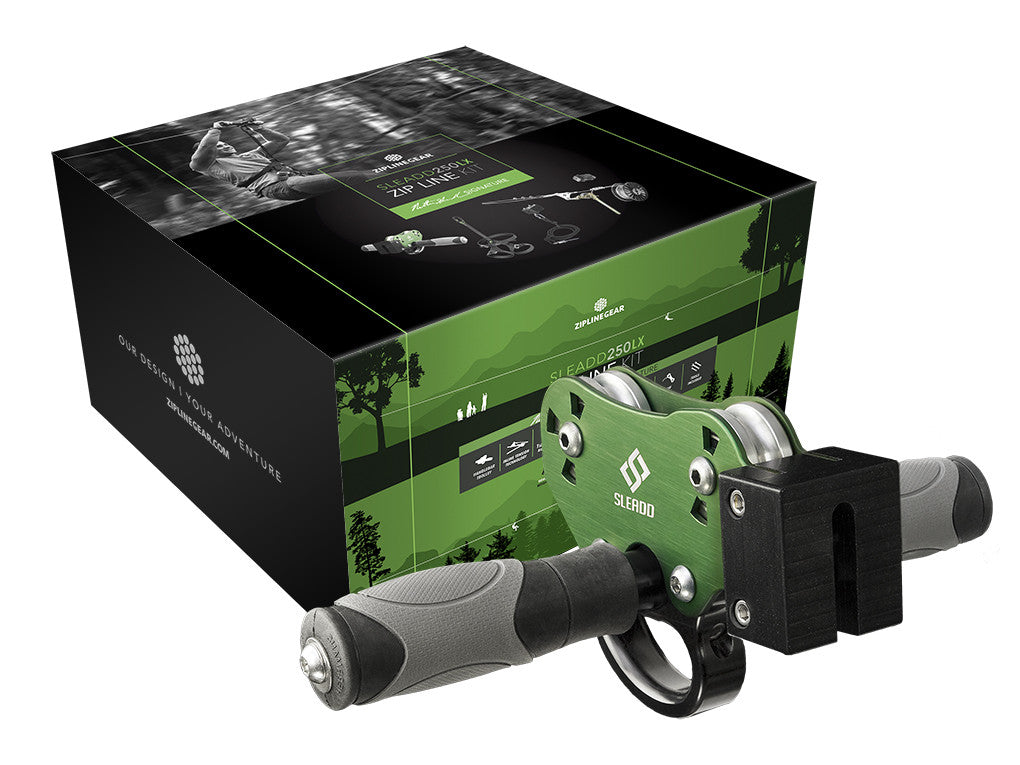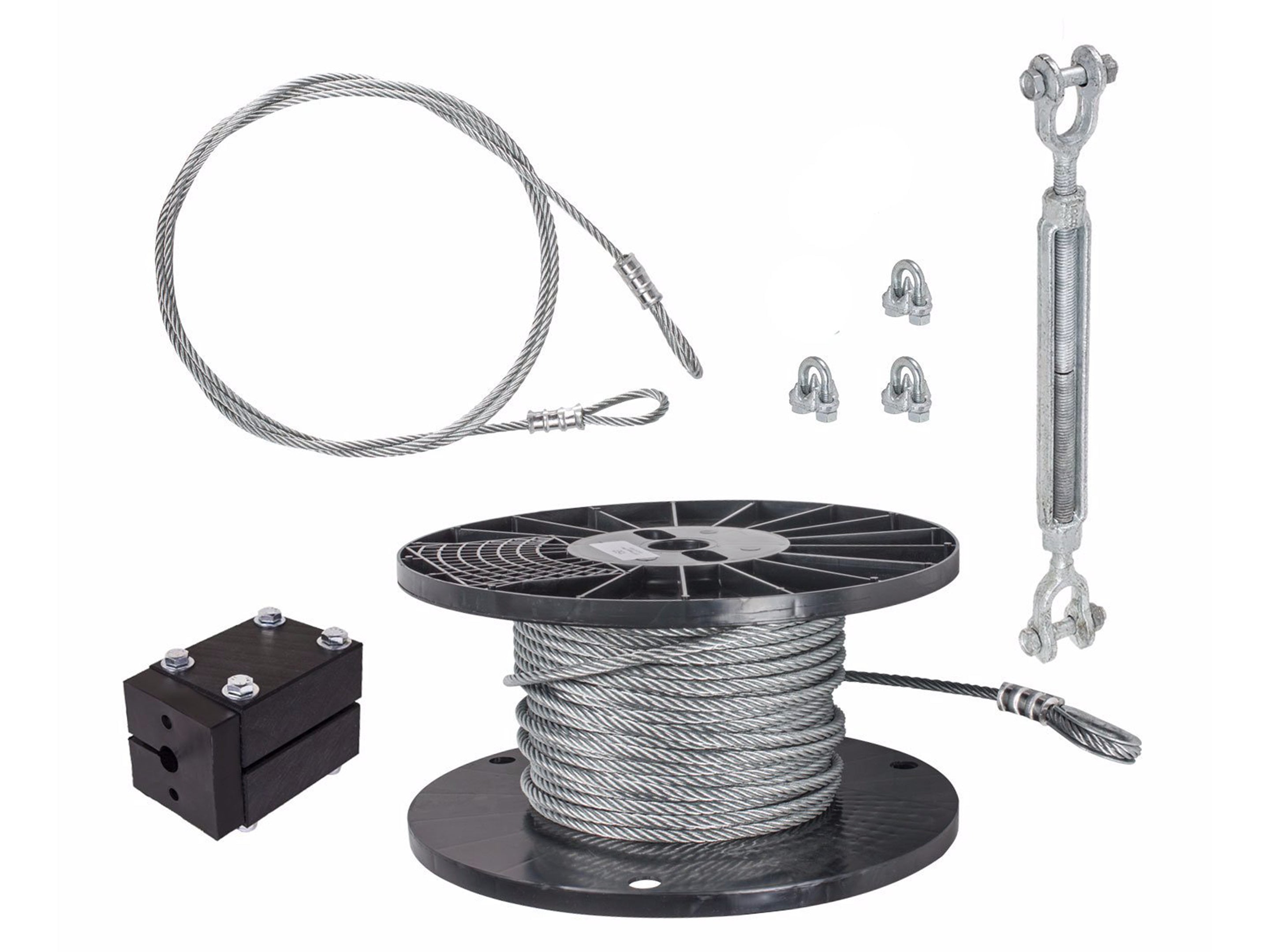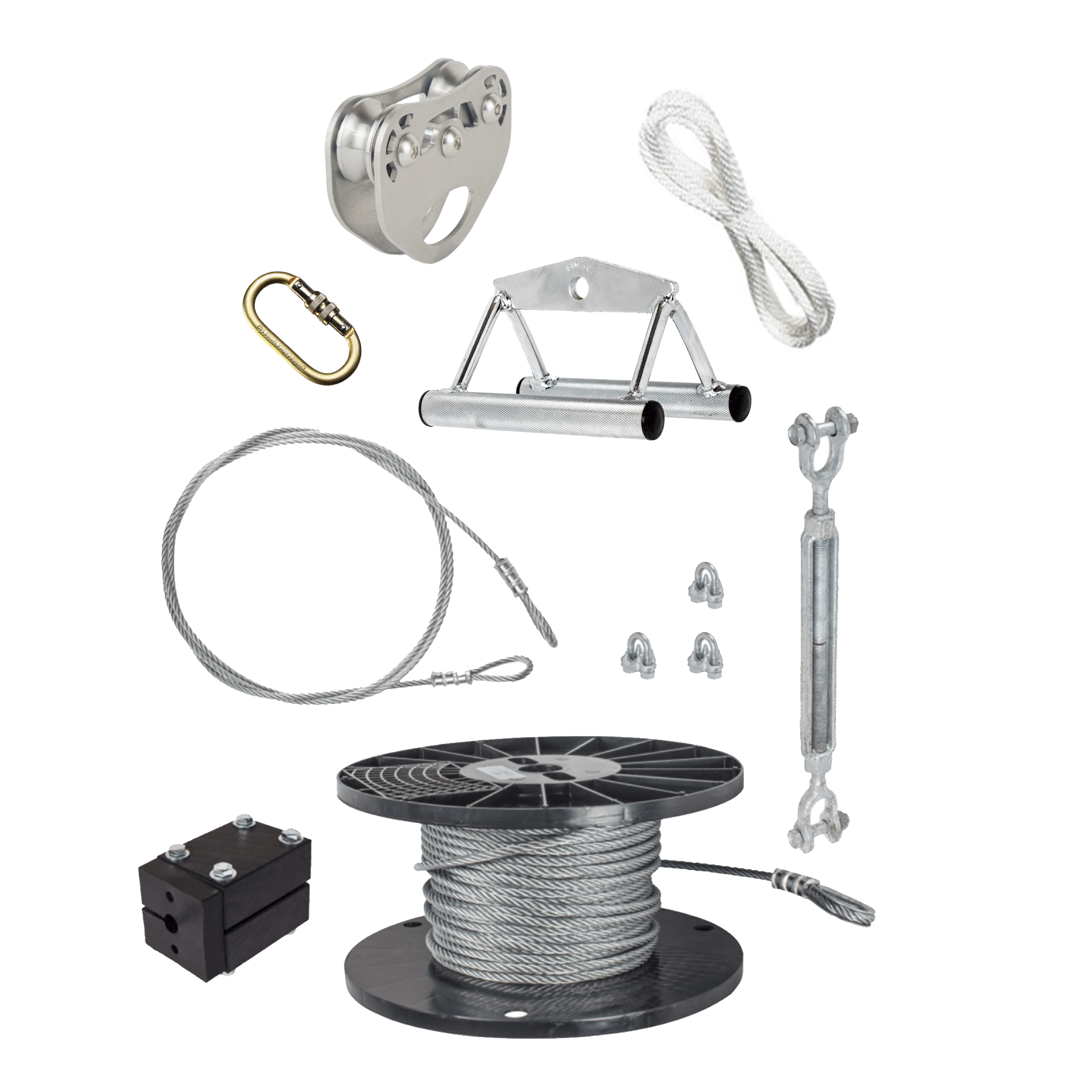Frequently Asked Questions
I don't have trees! Can I use posts?
Yes you can, but you need to carefully read the instructions for how to select, and install posts in the Zip Line Gear handbook included with your purchase. Alternatively, you can review the information in the digital version of our handbook right here.
If you are in any doubt as to how to properly select and install a wood post, please do not hesitate to contact us at 888-476-3701.
How do I make a return?
We are happy to accept returns up to 1 year from the date of purchase, no matter the condition. We want you to love your gear like we do, but we understand if you can’t. We still love you.
Include your name and order number on the inside of the package, so we know who to refund. Once your gear has been received, we'll refund your original purchase price. Return shipping is the customer's responsibility.
ZIPLINEGEAR
Attn: Returns Manager
903 NW F Street
Grants Pass, OR 97526
How do I measure elevation change in my yard?
Stand at the end tree and hold a 4 FT Carpenter’s Level like a rifle. Holding one end up to your eye, point the opposite end at the base of the starting tree, right where the dirt and tree meet. Make sure the bubble is between the two hashes indicating level (crouch down if your yard has a minimal slope or climb a ladder if your yard has lots of slope).
Once you have the level aiming at the base of the starting tree, measure from the Carpenter’s Level down to the ground. This measurement is your natural elevation change.
How do I figure out the slope for my zip line?
The slope determines the speed of the zip line. Essentially this is the angle you set the cable at between the two trees. The slope is calculated by multiplying the distance between your trees times .03 or 3%.
More details on Slope can be found in the Zip Line Gear handbook included with your purchase. You can also view a digital version of the “Cable Slope & Sag” right here. We recommend finding a landscape with a natural slope of 3% to 6%, This is a 3 - 6 foot drop per 100 feet.
For zip lines that will NOT utilize a Bungee Brake System, (a Stop Block is NOT a braking system) the maximum allowable slope is 3%. For zip line setups that include a Bungee Brake, the maximum allowable slope is 6%.
!!WARNING!! Zip line must never exceed 6% (6 foot drop per 100 feet) riding slope. High speed collision with end point may cause injury or death.
How do I measure Sag?
The cable is never piano-string tight, there will always be a natural amount of sag in the cable. Sag is the amount the belly of the cable dips below your end anchor attachment point on the tree. This is important for two reasons: you never want your riders to bottom out, nor do you want the cable to be over tensioned or too tight.
Instructions for how to measure sag can be found in the Zip Line Gear handbook included with your purchase. You can also view a digital version of the “Cable Slope & Sag” section of the handbook right here.
Cable Tension is measured by Cable Sag:
The cable, when bearing a test weight, should sag below the end where the cable is attached.
The sag needs to be approximately 2% of the Zip Line’s total length. (2 feet per 100 feet of cable)
The sag is measured at the cables lowest point.
!! Warning!! Do not attempt to ride your zip line without first testing.
How do I know where to attach the zip line cable to trees?
To figure out where to attach the cable to your trees you will use a combination of clearance, slope, sag and your natural elevation change. Here is the formula:
- Maintain at least a 7-foot clearance over the ENTIRETY of the zip line avenue while supporting the heaviest riders.
- Your attachment point at the end is clearance (7 ft) plus sag (2% of total zip line length).
- Your attachment point at the start will be the end anchor attachment point plus slope (3% of the length), minus any natural elevation change.
If you are in any doubt as to how to properly measure clearance, slope or sag, please contact us at 888-476-3701.
Instructions for how to measure can be found in the Zip Line Gear handbook included with your purchase. For more information on all three of these topics, you can view the digital version of our handbook, right here.
Do I need a braking system?
The maximum allowable slope is 3% (3’ feet drop per 100’ feet) for zip lines that will not utilize a braking system. Please carefully review how to calculate slope & sag in the Zip Line Gear handbook included with your purchase. Alternatively, you can review the information in the digital version of our handbook right here.
How do I set up the bungee brake system?
Detailed information for installing the bungee brake system can be found in the “Component assembly” section of the Zip Line Gear handbook included with your purchase.
Alternatively you can review the information in the digital version of our handbook right here.
Can I use a spring instead of the bungee brake system?
A Spring Brake can be used as a cushion with the Stop Block on lines with a 3% slope. Spring brakes are generally used for short zip lines 100 FT or less. For longer than 100 FT zip lines or where the slope is 4%-6%, you will need a Bungee Brake System.
Can I use a bungee brake if I’m landing in a tree house?
No. If you need to stop in a specific location like a platform or tree house, use an active braking system. This would include a nifty leather glove or a Brakehawk Handbrake. The active braking type-brakes allow the rider to stop exactly where they need to, whereas the Bungee Brake System is better suited for touchdown landings over grass.
Do you ship internationally?
We are more than happy to ship anywhere in the world. Your country may charge you taxes and duties to import products from the United States. If you have any questions about shipping internationally, please call us at 888-476-3701.
Where are you located?
We’re located in Grants Pass, Oregon, just about an hour north of the California - Oregon border. The address is 903 NW F Street, Grants Pass, OR. 97526
Do I need a harness or will a seat work?
A harness must be used any time a fall could result in injury. If your riders are within a foot or two from the ground, a seat would work great!
How do I know if my zip line is tight enough?
Cable tension is measured by cable Sag:
- The Cable, when bearing a test weight, should sag below the end where cable is attached.
- The sag needs to be approximately 2% of the Zip Line’s total length. (2’ Feet per 100’ feet of cable).
- The sag is measured at the cable’s lowest point.
- If your sag measures 2%, your cable is tight enough.
!! Warning!! Do not attempt to ride your zip line without first testing.
Instructions for how to measure cable sag can be found in the Zip Line Gear handbook included with your purchase. You can also view a digital version of the “Cable Slope & Sag” section of the handbook right here.
Do you install?
We do not currently offer installation. We suggest you reach out to a local contractor/handyman and see if they would be willing to set your zip line up for you. We’re more than happy to hop on a call to discuss and answer any questions regarding your specific installation, should they have any questions. You can schedule a call here, or give us a call directly at 888-476-3701. For help over the weekend, you can email us at info@ziplinegear.com
- Choosing a selection results in a full page refresh.
